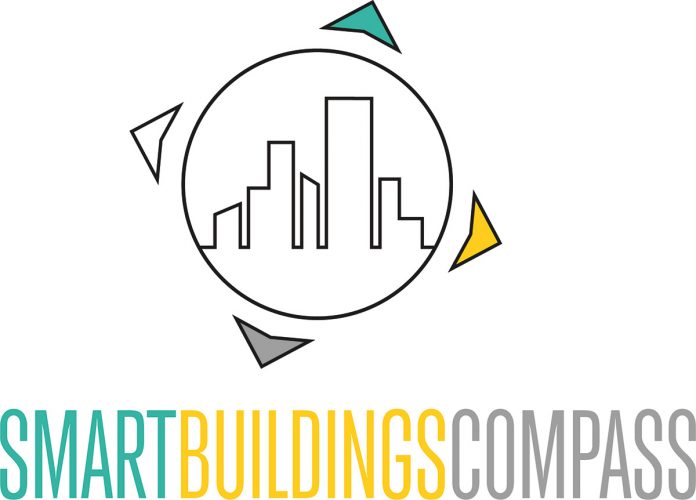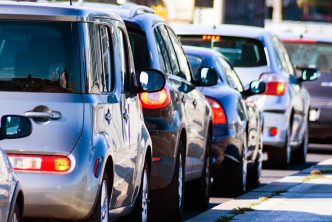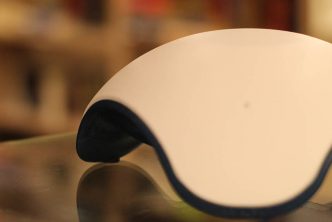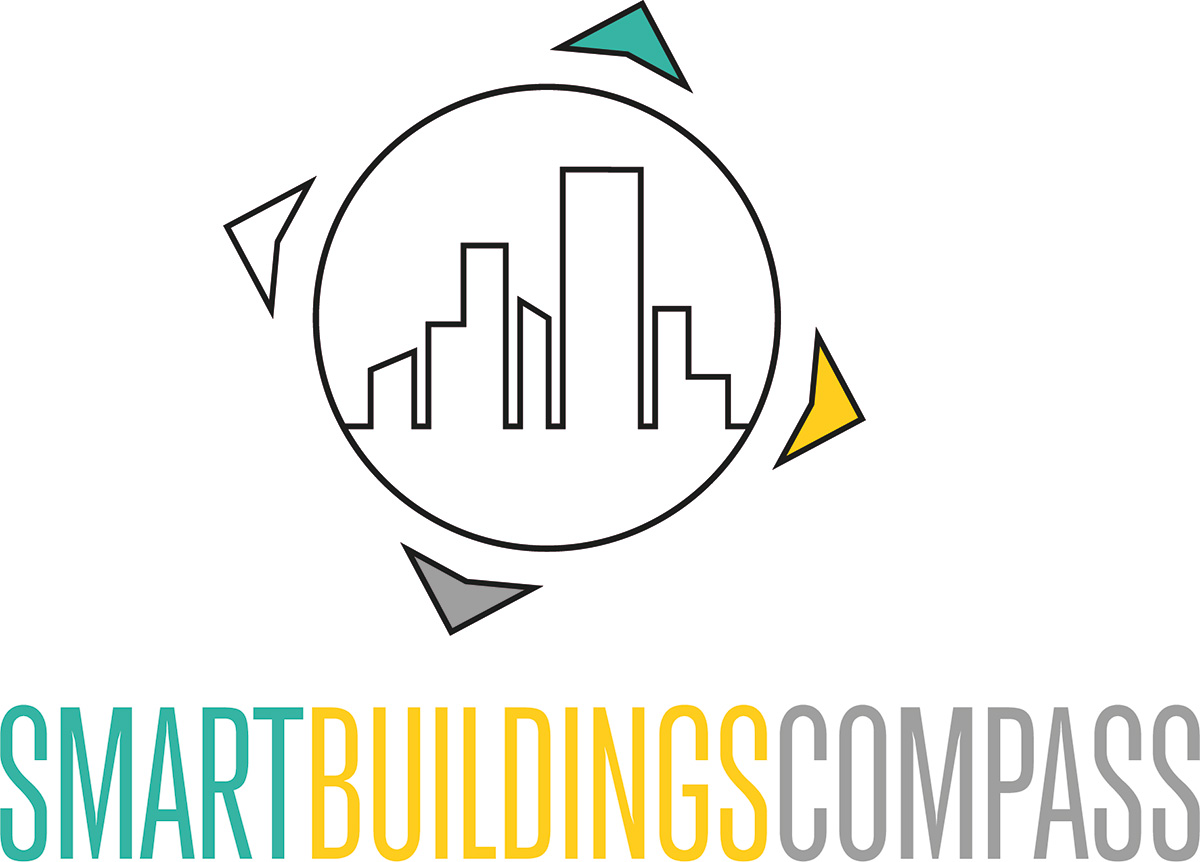Safety & competent handling
The buildings of the future are intelligent, digitally networked and automated. But this also brings challenges and makes safety precautions necessary.
Security is a multifaceted issue for smart buildings. On the one hand, safety systems naturally ensure an improvement in the safety status. Alarm systems are now available in all price ranges – often networked and controllable via app, so that the home can be controlled from a well-deserved vacation. This is often associated with motion sensors, cameras and shutters.
Movements are reported when the entire family is out of the house, for example. But a smart system will also remind you when you leave the building that you forgot to close a window.
However, sensors for humidity and moisture are also a kind of safety system, for example, to report a water pipe burst or a pipe burst in the floor heating system. This can at least reduce damage.
However, digital, networked systems can also become a security risk. Where security measures are completely missing, privacy is not sufficiently protected, security gaps occur or personal systems can be accessed far too easily (e.g., through easy-to-guess passwords), security measures and competent handling are needed. But child safety devices should also be considered.
Especially for generations that don’t live and work with digital systems on a day-to-day basis, thinking along with digital precautions can be challenging. That’s why we dedicate a separate channel to safety.

Thinking about safety when selecting and using
Many devices are offered hastily and without sufficient security and data protection checks. Even the best basic data protection regulation is of no use if unprotected devices are installed in our homes and buildings. Examples of this are easily hackable key systems or devices that can be controlled via smart systems such as Alexa & Co: With a simple voice command through the window tilted in summer, some of the devices are easy to outsmart.
Other examples include baby monitors and hacked security cameras, allowing our homes to be bugged and monitored.
The second security risk is insecure or poorly secured home networks. Perpetrators can use data to obtain usage patterns, making it easy to track when you are not at home.
Our point in these posts is not to make you afraid of these technologies. But about the competent selection and use of products and solutions. To think about security and privacy when you select and operate products and devices.
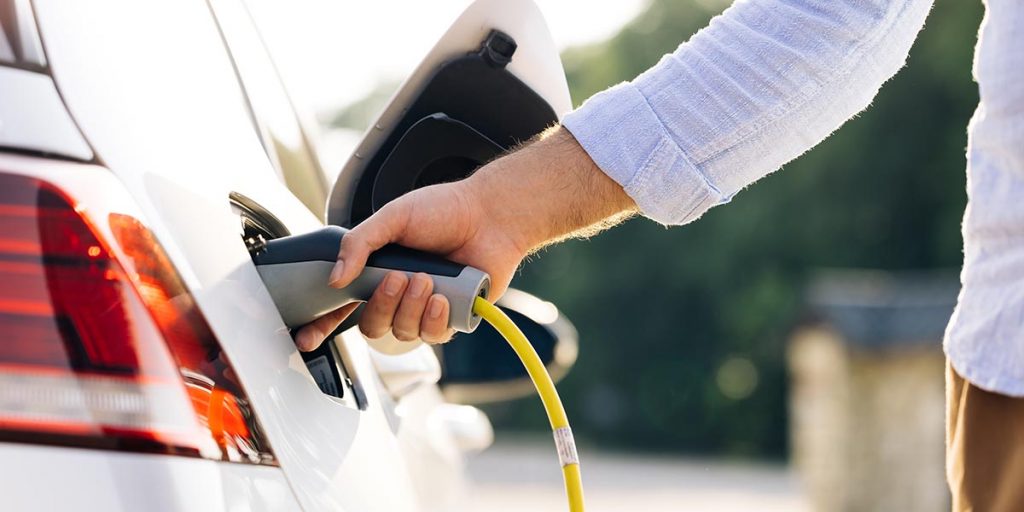
To learn how to use new technologies safely and competently, we need time and information. We will also provide contributions and information on this: How do I deal with these new situations? What do I need to check before I start using an e-car? What do I have to pay attention to? And how do I actually fill up my new e-car properly? And what do I actually do in the event of a blackout?
New things make us curious, but are always associated with fears and challenges. We walk new paths instead of old trails that we already know well.
We want to accompany and support you on these new paths. Provide information to help you find your way.
I look forward to accompanying you!
Sincerely, Anja Herberth
Editor
SmartBuildingsCompass Newsletter
Our other topics

Smart regions
Smart City' - this describes the quest to make our cities even more livable. In a smartly organized city, technology should help us make life in cities more efficient, environmentally sustainable, inclusive and democratic.
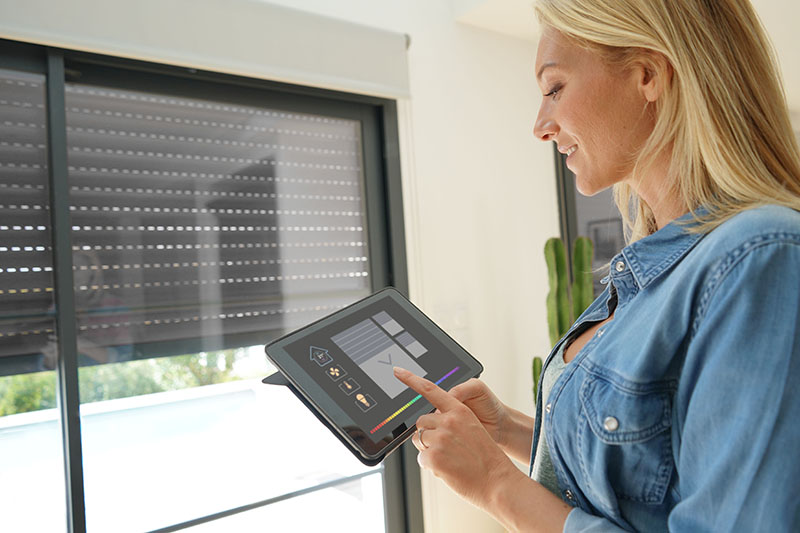
Climate Protection & Energy Transition
The buildings of the future are smart, digitally connected and reduce our consumption of resources. Smart Living" has long since ceased to be a "gimmick": Among other things, we are addressing important issues such as climate protection and the energy transition. Many solutions are already possible, but not everything makes sense.

Jobs in Technology
The challenges of our time are solved with the help of technology - which is why these jobs are so exciting. In view of the shortage of skilled workers, jobs in the so-called MINT subjects are linked with very good job prospects.
